I first discovered an issue of MAD around 1966. It was stuffed down the side of a couch at my buddy Greg’s house. We were 7 years old. I remember flipping through it and finding it just incredibly weird. I mean, it was comics, but not a comic. It was black and white, and it had lots of photos, too, and art that wasn’t comics.
Being barely able to read as yet, I couldn’t make heads nor tails of it. I think I stuffed it back down the side of the couch.
I next encountered MAD about 3 or 4 years later in the form of The MAD Reader, a paperback I picked up to look through at Woolworth in downtown Cincinnati while my mother was shopping. I didn’t realize it at the time but this was a reissue of the very first MAD paperback, which reprinted the MAD color comics of the 1950s.
Harvey Kurtzman and Wally Wood won me over with Superduperman, but Will Elder’s chicken fat comics parodies really wowed me!
Before you know it, I was scouting out all the MAD paperbacks, particularly the ones reprinting Kurtzman’s issues!
That said, I never did become a regular reader of MAD. I consider the color comic book perhaps my all-time favorite comic series and once I did own copies of the first few magazine issues, too. Over time, though, despite the fact that Kurtzman’s MAD-Addict group, of which I am a member of long-standing, I had zero to do with this movie. I couldn’t even afford to support it on Kickstarter!
The narration, sounding like an AI version of Peter Graves, who narrated so many A&E Biography episodes back in the ‘80s, is actually credited to actor Patrick Warburton (The Tick). Since he’s not AI, I question why he refers to the four comics stories in MAD #1 as “articles.” Still, I nitpick.
Less of a nitpick is the notable lack of Wallace Wood. After Kurtzman and Elder left, and John Severin, too, it was Wood, of all the original MAD creators, who not only stayed but became THE major MAD artist for the slick version of the mag, at least into the early 1960s. We see a little of his work from the color comics, but hear little or nothing, and nothing at all about him in MAD’s early success as a magazine. We hear all about other important artists of the mag like Don Martin, Antonio Prohias, and and Dave Berg, but not Woody. Weird
We do hear from lots of familiar folks as to what influence MAD had on them and you could probably guess many of them—Weird Al Yankovic, Howie Mandel, David Zucker (Airplane!), Howard Stern, Jerry Seinfeld, and Gilbert. One highly-influenced person who surprised me was Breaking Bad star Bryan Cranston (who looked to me like Dennis Miller for nearly half the picture). One who didn’t surprise me was Quentin Tarantino, who just seems to have soaked up pop culture in general. Tarantino says his big draw was MAD’s movie satires, which was always mine as well.
Aside from all the well-deserved strokes, though, this is a documentary about MAD itself, and that makes this the story of the late William M. Gaines, the heart of MAD, its publisher, and its biggest fan. In new and archival footage, so many of the Usual Gang of Idiots remember and interact with Gaines, a failed teacher who took on his late father’s comic book business and made it a unique success.
Luckily, a lot of footage exists of Gaines, himself, too, and we hear everything from his infamous Congressional testimony to his lazy philosophies. We learn all about the fabled MAD trips, where he would gather the full staff on the spur of the moment and treat them to a vacation in some exotic land, this despite his reputation for overall cheapness.
The parts about MAD’s legal issues were fascinating, particularly a precedent-setting case brought by legendary songwriter Irving Berlin against the magazine. If I’d ever heard about this, I had forgotten it completely.
People who had just been names to me before pop in and out—Frank Jacobs, Duck Edwing, Lou Silverstone, Arnie Kogan… More familiar MAD people like the Dick DeBartolo and the always delightful Sergio Aragones reminisce as well. Feldstein and later co-editors Nick Meglin and John Ficarra discuss the post Gaines era. As someone pointed out, the rules of taste went out the window.
As far as factual errors, the only thing I noted was the text misspelling Lyle Stuart’s name as “Lyle Stewart.” Feldstein saying he was given MAD because of his success with Panic was odd as I don’t believe Panic had even been mentioned. Still, an editing error at best.
All in all, though, this is an excellent primer for casual MAD fans. If you’ve never read an issue, I doubt much of this will mean anything to you, but if, like me, you already knew a lot of the story, I think you’ll enjoy finding out there are still parts you didn’t know.
Booksteve recommends.
’s movie satires, which was always mine as well.
Aside from all the well-deserved strokes, though, this is a documentary about Mad itself, and that makes this the story of the late William M. Gaines, the heart of Mad, its publisher, and its biggest fan. In new and archival footage, so many of the Usual Gang of Idiots remember and interact with Gaines, a failed teacher who took on his late father’s comic book business and made it a unique success.
Luckily, a lot of footage exists of Gaines, himself, too, and we hear everything from his infamous Congressional testimony to his lazy philosophies. We learn all about the fabled Mad trips, where he would gather the full staff on the spur of the moment and treat them to a vacation in some exotic land, this despite his reputation for overall cheapness.
The parts about Mad’s legal issues were fascinating, particularly a precedent-setting case brought by legendary songwriter Irving Berlin against the magazine. If I’d ever heard about this, I had forgotten it completely.
People who had just been names to me before pop in and out—Frank Jacobs, Duck Edwing, Lou Silverstone, Arnie Kogan… More familiar Mad people like the Dick DeBartolo and the always delightful Sergio Aragones reminisce as well. Feldstein and later co-editors Nick Meglin and John Ficarra discuss the post Gaines era. As someone pointed out, the rules of taste went out the window.
As far as factual errors, the only thing I noted was the text misspelling Lyle Stuart’s name as “Lyle Stewart.” Feldstein saying he was given Mad because of his success with Panic was odd as I don’t believe Panic had even been mentioned. Still, an editing error at best.
All in all, though, this is an excellent primer for casual Mad fans. If you’ve never read an issue, I doubt much of this will mean anything to you, but if, like me, you already knew a lot of the story, I think you’ll enjoy finding out there are still parts you didn’t know.
Booksteve recommends.




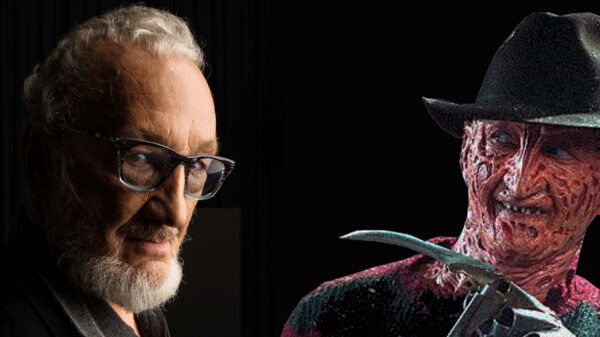

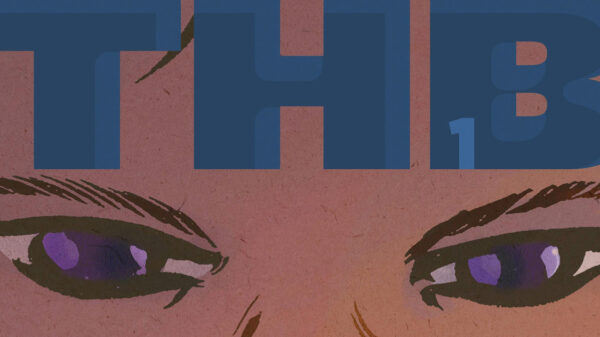

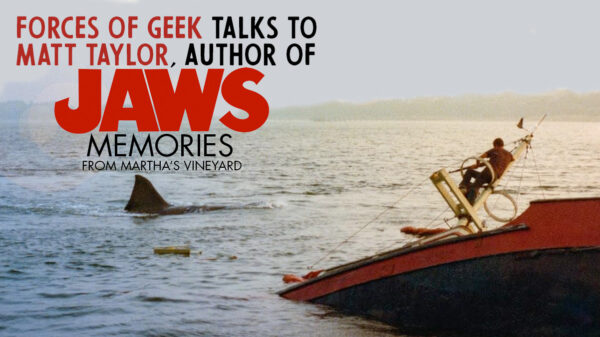
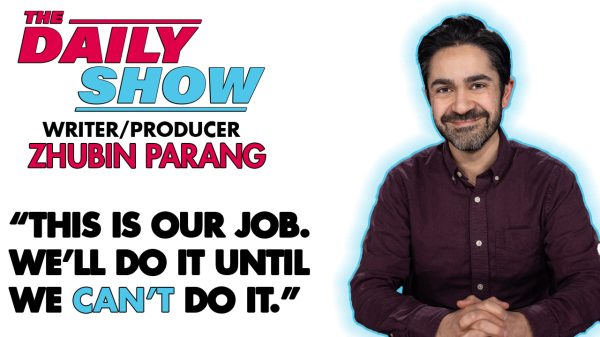
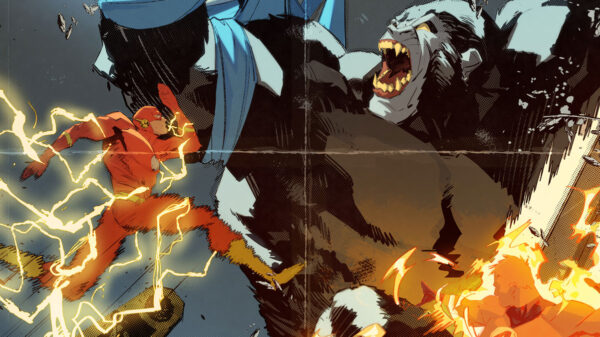
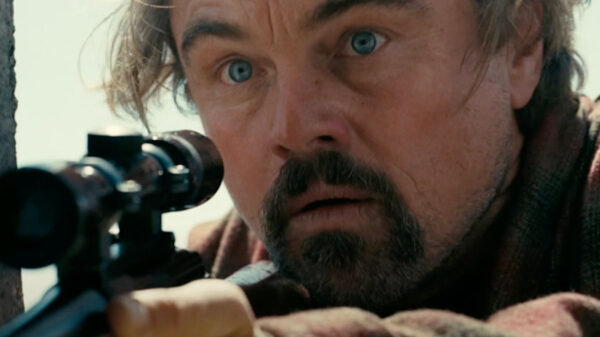
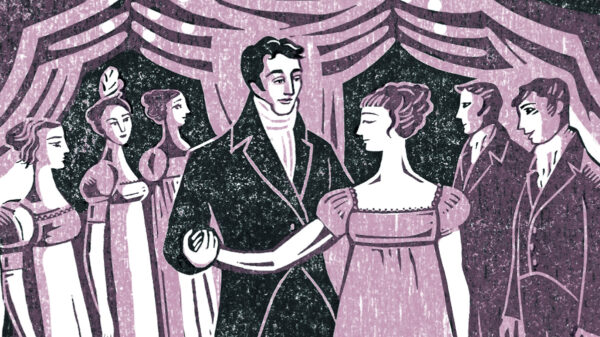
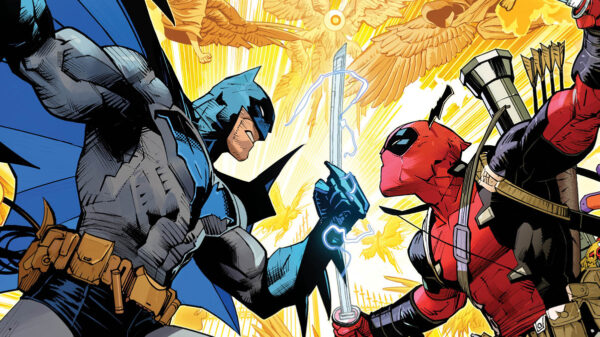
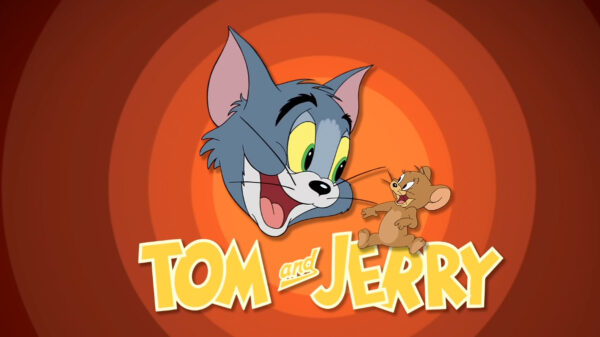



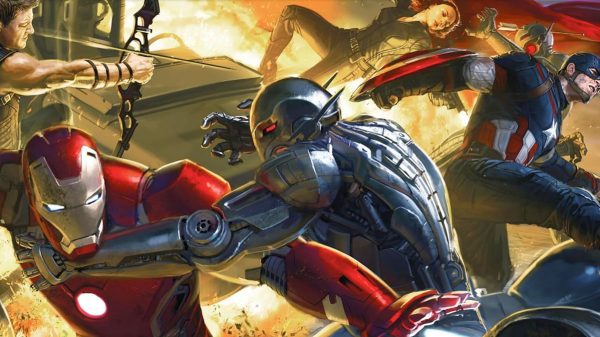

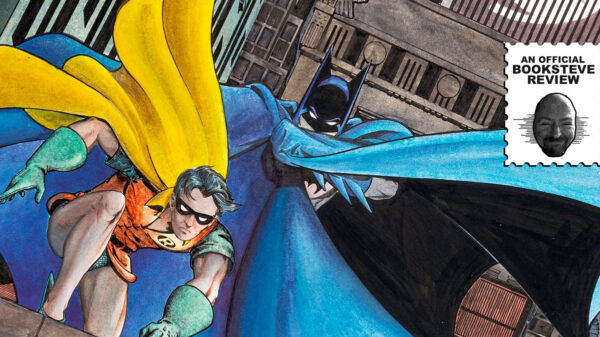
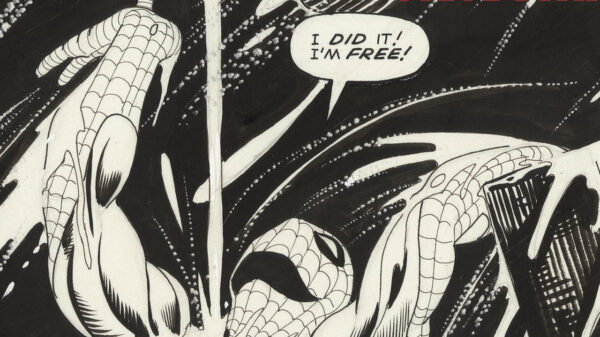
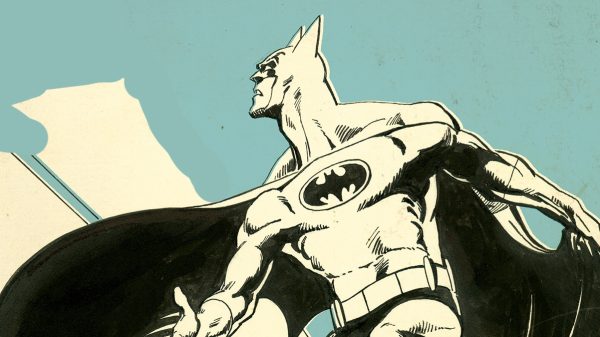

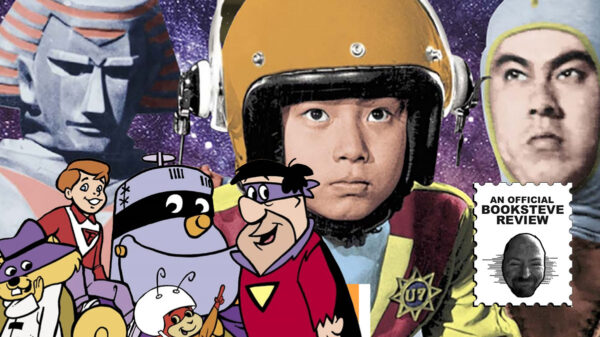
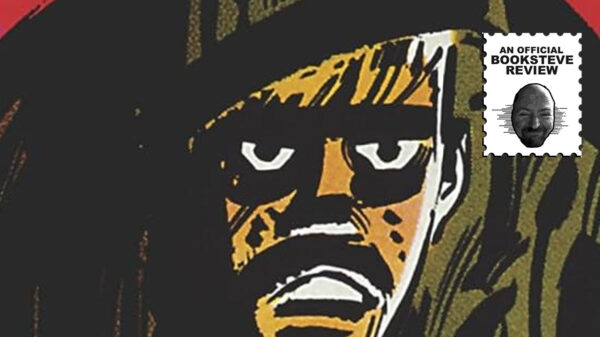
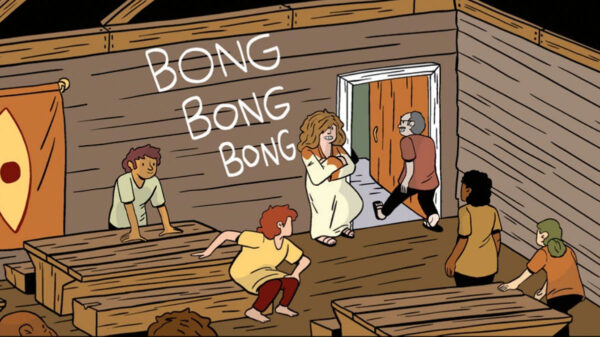
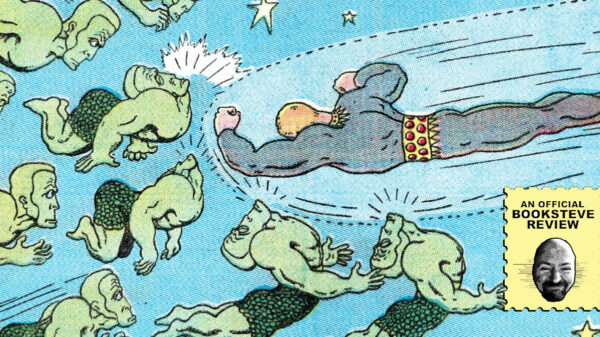
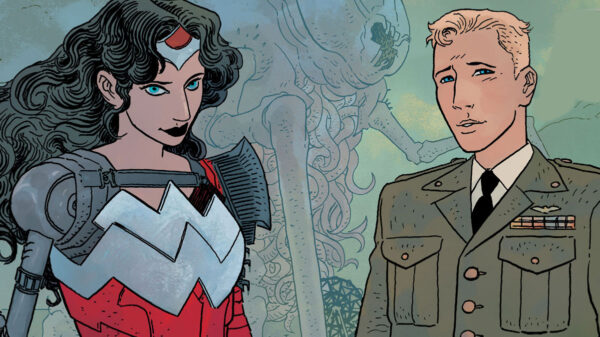









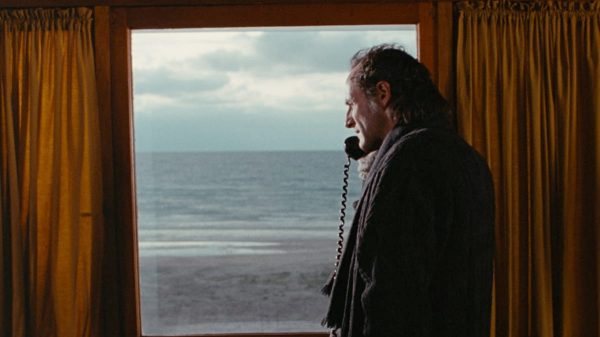

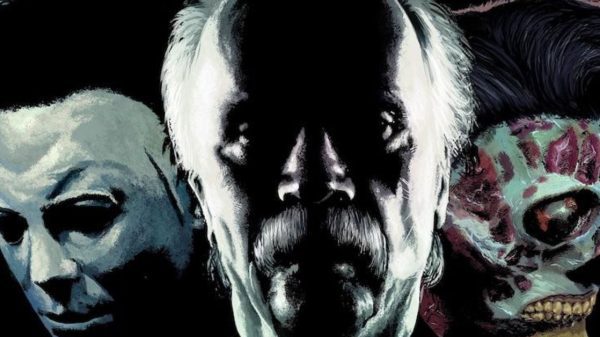
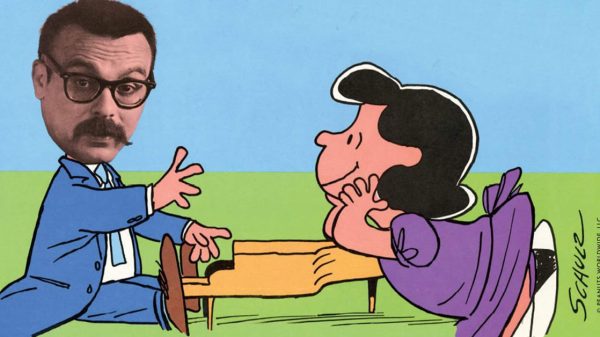
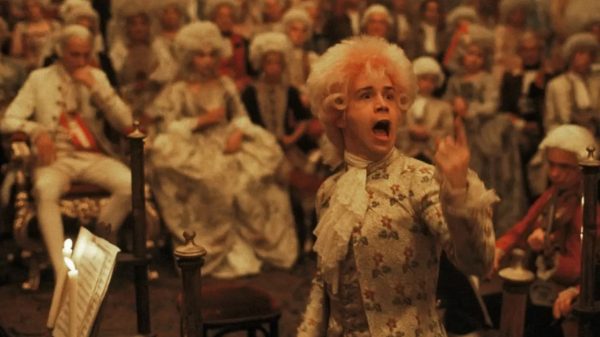











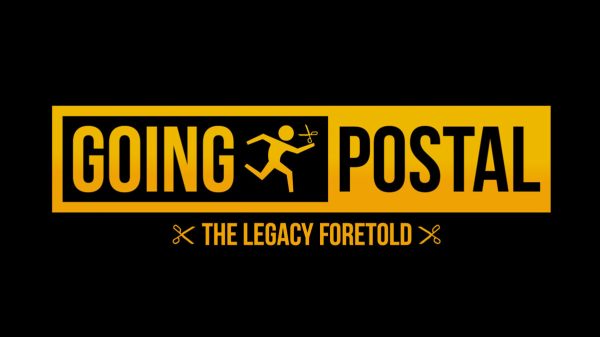

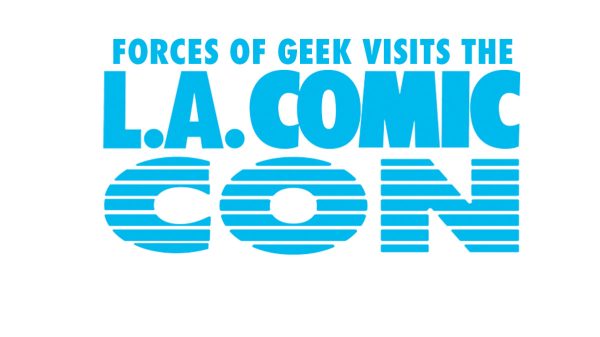
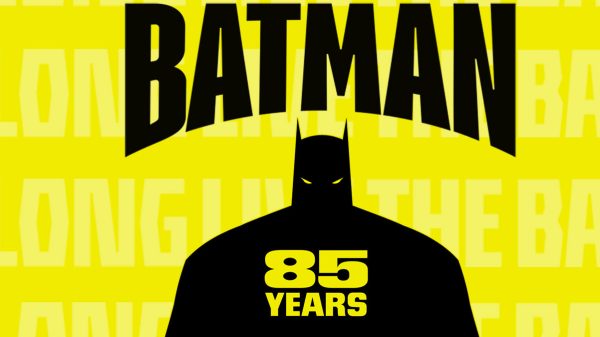


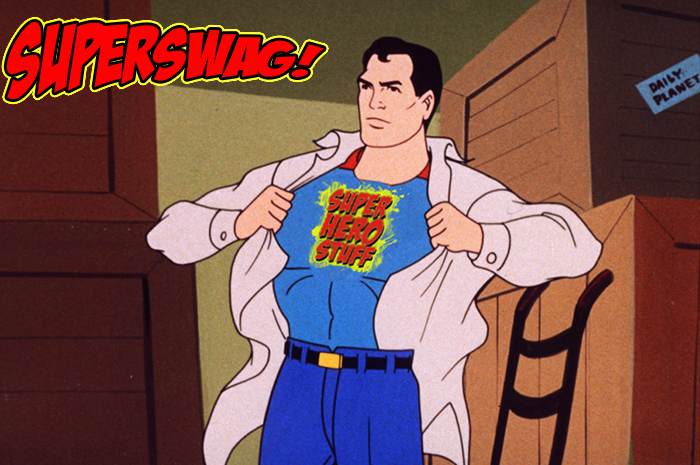






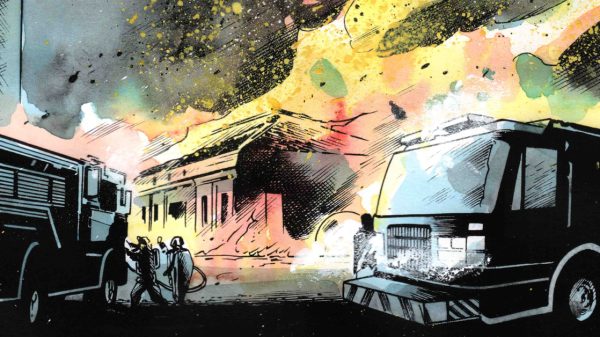




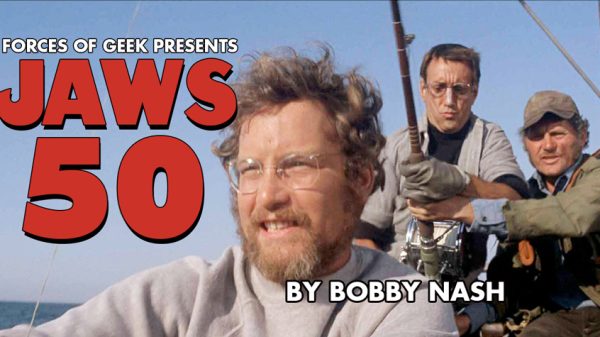









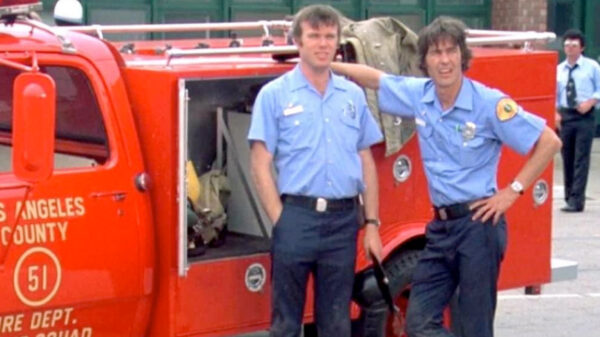
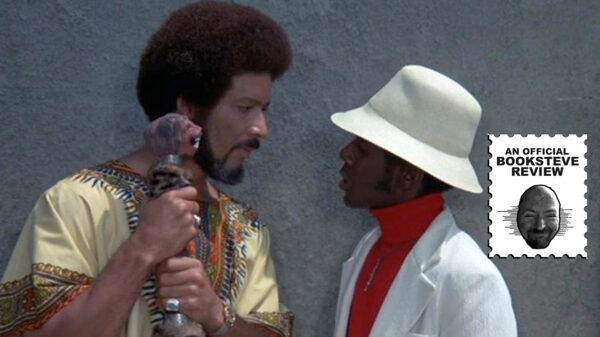













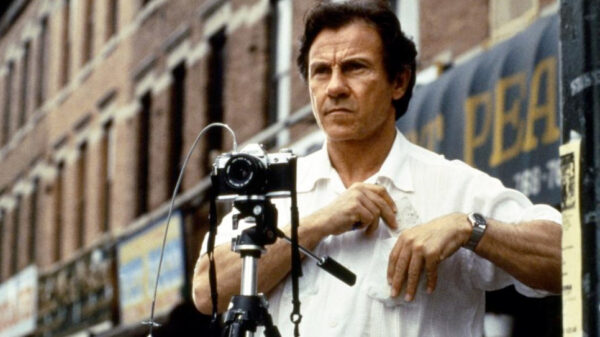
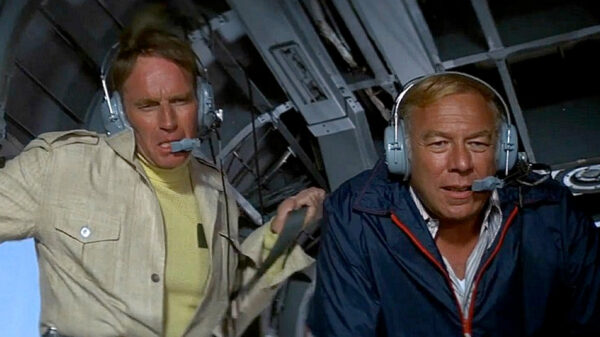
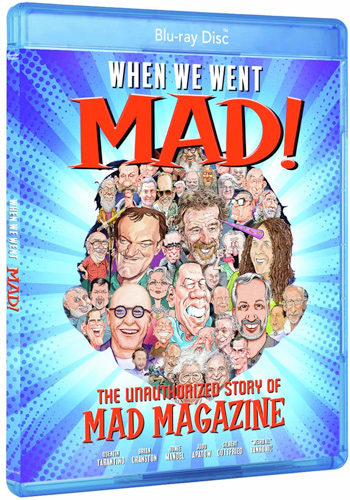




You must be logged in to post a comment Login